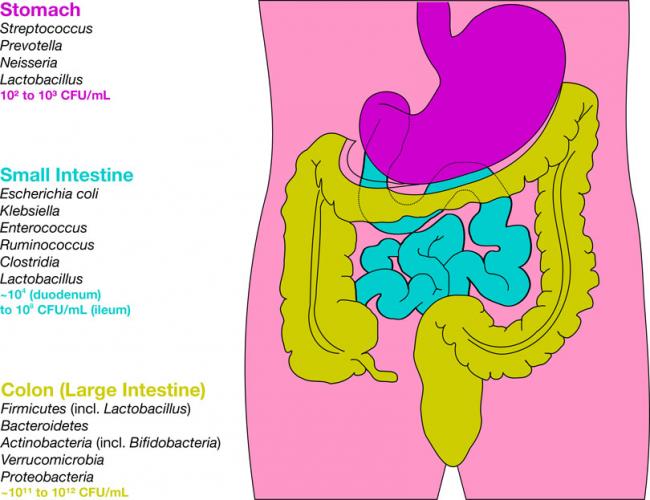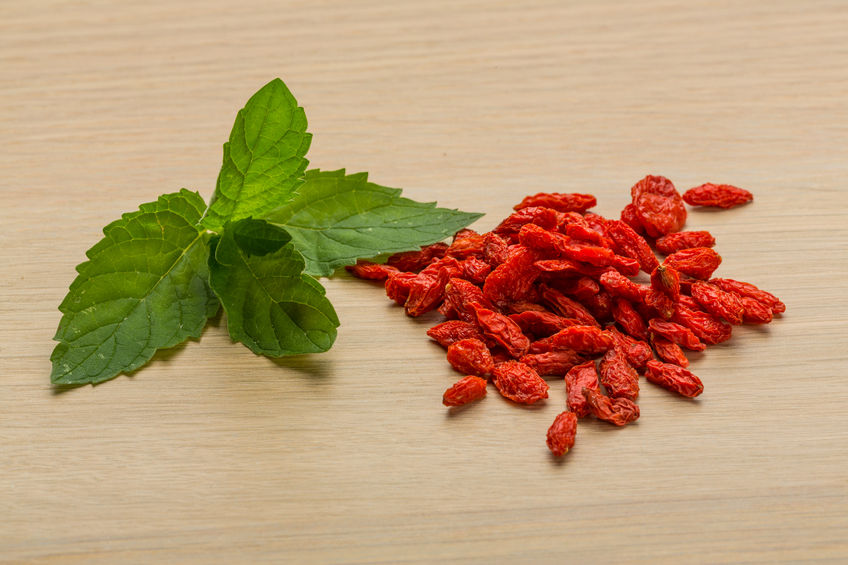News
- Flax Seed for metabolic balance in PCOS
21 Sep 20
- Alternative medicine for COVID-19
31 Jul 20
- Acupuncture for chronic myofascial pain
31 Jul 20
- Probiotics and Immune Modulation in Coronavirus
31 Jul 20
- Smell and taste dysfunction in SARS-CoV-2
31 Jul 20
- Vitamin D for Oral Lichen Planus
31 Jul 20
- Yi Jin Jing Exercise for older men with Benign Prostatic Hyperplasia
10 Jun 20
- Vitamin D Anti-Cancer Activities
10 Jun 20
- Alternative Medicine in Kids with Respiratory Infections
10 Jun 20
- Acupuncture needling of ST-36 for diabetes patients
10 Jun 20
- Low Back Pain in Athletes Treated with Acupuncture
10 Jun 20
- Health Canada Alert: Protect yourself from poisoning, read labels
05 May 20
Health Canada is warning Canadians about the risks of improperly using hand sanitizers, disinfectants, household cleaning products and bleaches, and reminding them to always read and follow the directions on product labels.
The COVID-19 pandemic has caused an increased demand for, and use of, these products. However, there have been several reports of unintentional poisonings from their improper use.
Between February and March of this year, poison centres across Canada received 58% more cases of people being poisoned by, or exposed to, hand sanitizers, disinfectants, household cleaning products and bleaches, compared with the same period last year
- Depression and various vitamin levels in children
04 May 20
- Adjuvant therapy in critical patients with COVID-19
04 May 20
- Vitamin B12 supplementation improves markers in pregnancy
04 May 20











